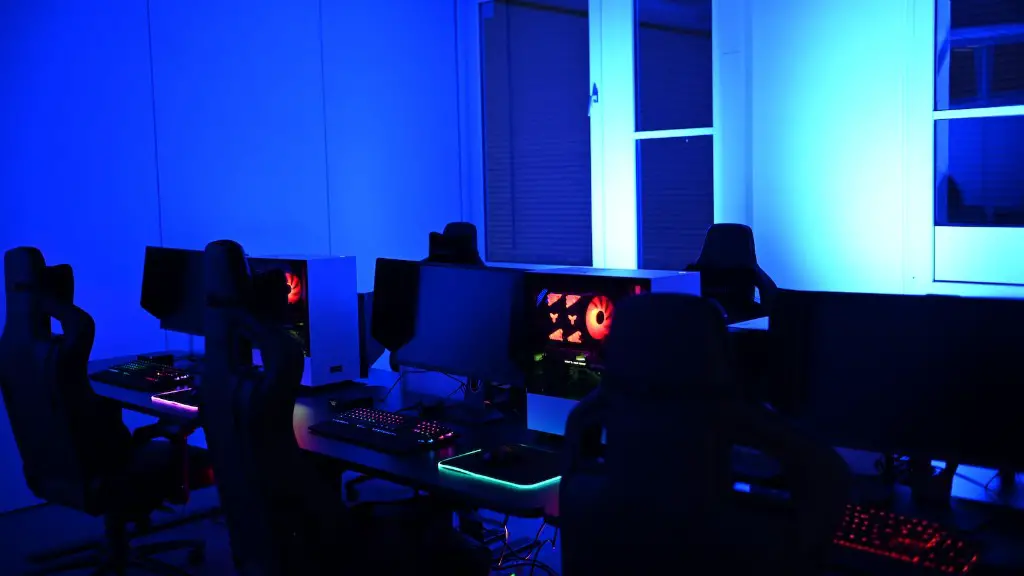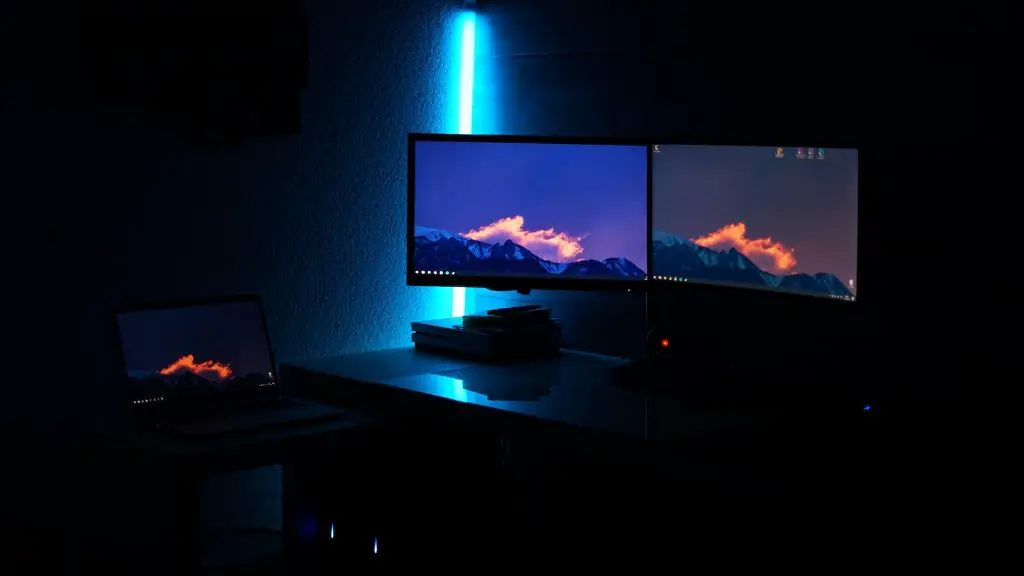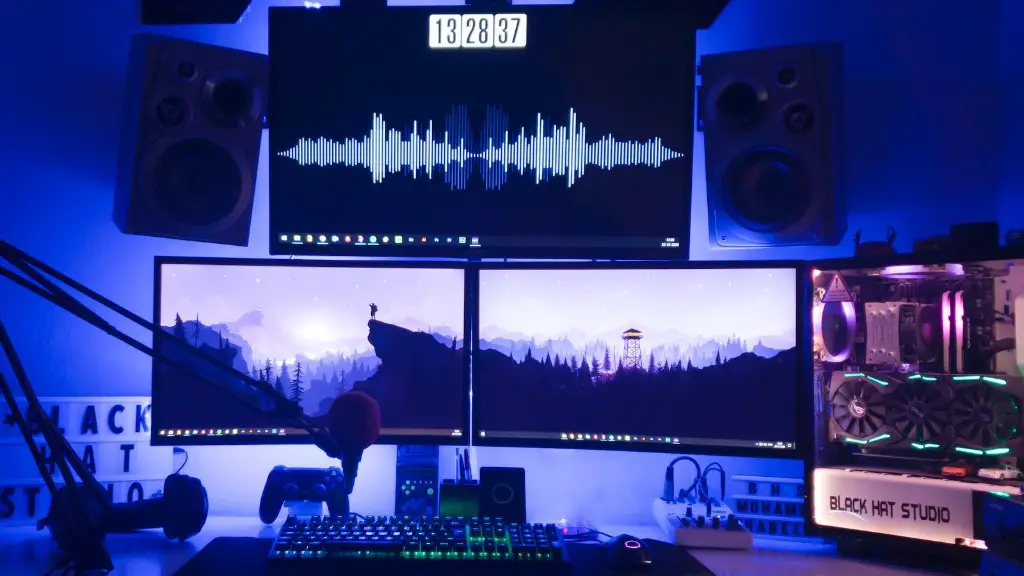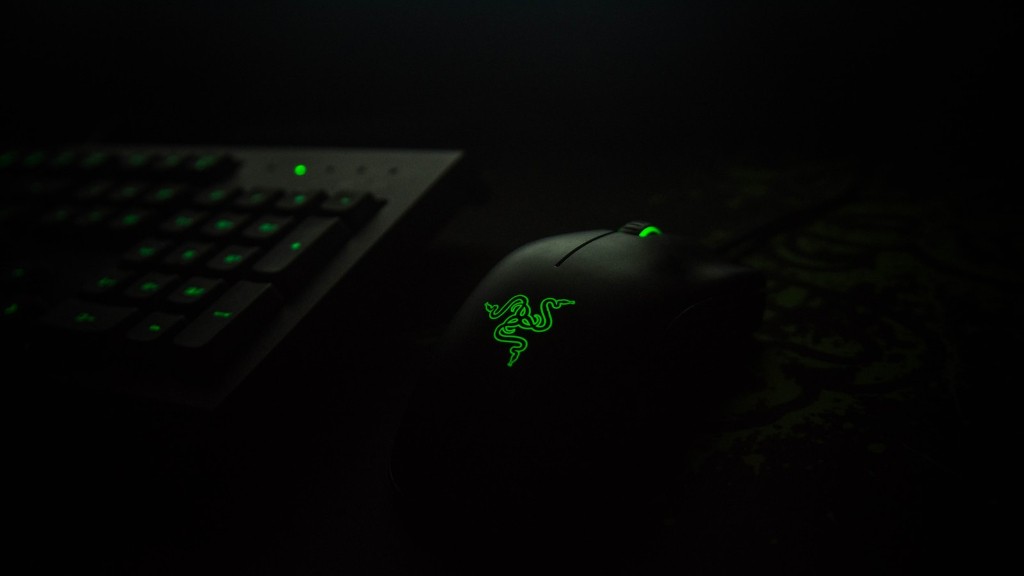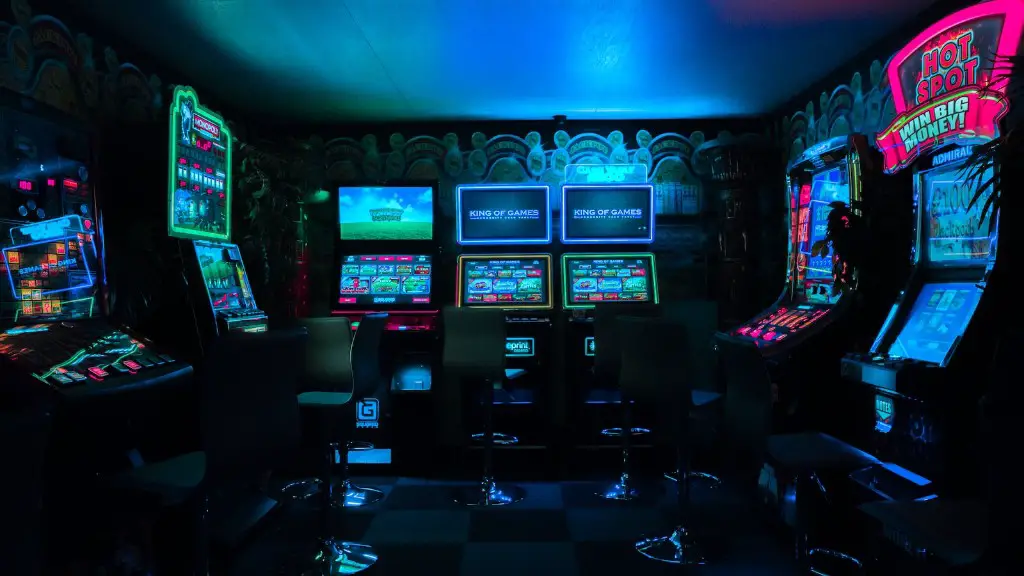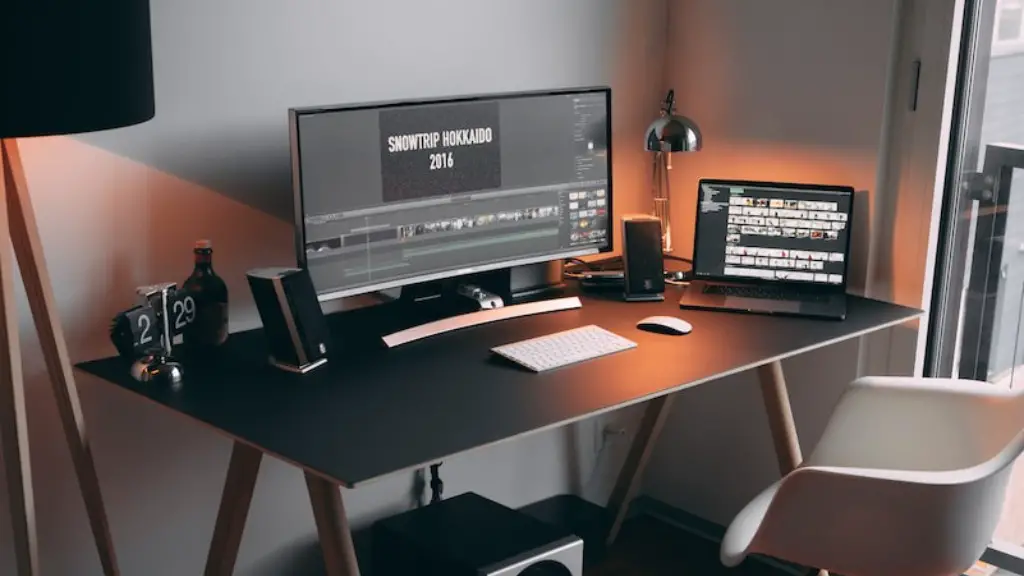Building a strong gaming PC does not have to be a complex task. It requires some basic hardware knowledge and useful resources. This guide is designed to provide practical advice and essential information for beginners. In it, you’ll learn how to select the right components, assemble the pieces, and troubleshoot any problems.
First and foremost, you need to choose the right processor and graphics card. The processor should be based on the type of games you plan to play, your budget, and the CPU performance. Similarly, the graphics card needs to be suitable for the latest games and technologies. You should also consider other components such as RAM, storage, and a power supply unit (PSU).
Once you have gathered the components, it’s time to assemble them. Before you start, ensure your work area is well-lit, uncluttered, and free of static electricity. Start by connecting all your parts and connecting them to the motherboard. Then attach the power supply and plug in the CPU fan and any additional parts. Finally, you want to check the connections and make sure everything is securely in place.
You should also make sure to update your BIOS, download the latest drivers and install a quality antivirus program. This will protect your PC from viruses and malicious software. Similarly, you should install an optimized cooling system such as a liquid cooling system and apply thermal paste, as this will help improve the performance of your system.
When it comes to optimizing your system, it’s important to keep an eye on the latest hardware and software updates. Make sure to read reviews, check gaming forums and ask the community for advice. This can help you troubleshoot issues, determine what hardware is the best option, and decide whether or not you need to upgrade.
Finally, in order to keep your gaming PC in top shape, it’s important to maintain it regularly. Clean your computer often, delete old files, and use a reliable antivirus program to protect it from malware. Additionally, if you’re overclocking, you want to check the temperature regularly. This will ensure your system is running at the optimal speed and temperature, so you can enjoy the best gaming experience.
Choosing the Right Parts
Selecting the right parts is essential to building a strong gaming PC. Knowing how to choose the most suitable components is key. In general, if you are a casual/occasional gamer, you’ll want to pick parts that are a few generations older. This can help to save some money. On the other hand, if you’re a serious or pro-gamer, you’ll want to choose the latest and greatest components. Either way, research is important to get the right combination of performance and value.
When selecting the processor, look at the specific features and current models. Consider the type of games you will be playing and how intense they are. It’s also important to understand the processor’s performance. Pay close attention to the cache size, core count, and clock speed.
Similarly, for the graphics card, think about the resolution and game settings you want to achieve. Also, pay attention to the onboard memory and its type (GDDR5, HBM2, or GDDR6). High-end cards should be chosen for gaming with higher resolutions or higher settings.
Other parts are equally as important, including the power supply, RAM, and storage. The power supply needs to provide enough wattage to the system. RAM should have the correct DDR type, form factor, and capacity. Storage should have the right type, interface, and size. Finally, any additional components, like a sound card or WiFi adapter, should be chosen depending on specific needs.
Installing the Components
Once you’ve chosen the best hardware for your gaming PC, you need to install it. Begin by opening the side panel of the PC case and laying out the components on a clean, static-free work surface. Attach the power supply into the back of the case and connect the cables to the motherboard, graphics card, and any additional components. Then, connect the CPU heatsink and cooler, check the cables to make sure they are all secure, and insert the RAM into the motherboard.
After the hardware is connected, you can insert the I/O shield into the back of the case. Then, place the motherboard into the PC case and connect the cables to the power supply and any additional components. Before you finish, place the graphics card into the motherboard slot, followed by any additional PCI cards. Once the hardware is connected, close the side panel of your PC case.
Now that the components are installed, you need to set up the BIOS. First, make sure to update the BIOS to the latest version available. That way, you ensures correct compatibility and optimal performance. Second, check the system settings; make sure the time, date, and language are set properly. Finally, select the boot order (which drives should be booted first). This can be done by entering the BIOS setup menu and adjusting the boot priority.
Once the BIOS is updated and the settings are configured, it’s time to install the OS. Connect a USB drive with the OS installer and boot into the BIOS menu. Select the USB drive from the boot menu and proceed to the installation. Once the OS has been successfully installed, you can update the OS and drivers.
Quick Optimizations
Optimizing the system is an important step when building a gaming PC. You should make sure that your system runs at its best performance, so gamers can quickly respond to their opponents without any lag or stuttering. Begin by updating the drivers and BIOS, as this will help improve stability and performance.
Next, make sure your PC is clean and clutter-free. Delete any old or unwanted files and consider using a disk cleaning program to thoroughly clean your hard drive. Make sure to remove any dust and debris that can accumulate in the fan and heat sink. This will help reduce temperatures and improve performance.
Finally, you should disable any extra services and applications that are running in the background. This includes any unnecessary software that is taking up system resources. You should also turn off sleep and hibernation modes, update your anti-virus program, and shut down any applications that you aren’t using.
Testing and Optimizing
Before you can call your gaming PC complete, you need to test it and make sure everything is running smoothly. Begin by running a benchmarking software, such as 3DMark or Metro Exodus, to make sure there are no errors or issues. A benchmarking test can also help you determine the overall performance of the system.
In order to make sure your system is as efficient as possible, you should consider using an overclocking software. This can help recognize any overclocking opportunities and optimize the performance of the CPU, GPU, and RAM. You should also consider using a reliable optimization tool that can help reduce system load and improve overall performance.
Finally, if you have any specific issues, try searching for solutions in gaming forums or community websites. You should also make sure to read up on the latest reviews and check if other gamers are having the same issue. This can help you find the best solution and make sure that you maximize the performance of your gaming PC.
Maintaining Your Gaming PC
Building a gaming PC is a rewarding experience, but to ensure your system is running at its best, you need to perform regular maintenance tasks. Begin by checking the noise levels, temperature, and cooling system and make sure they are in optimal shape. Any performance drops should be investigated straight away.
You should also make sure to stay updated on the latest hardware and software. Upgrade your components when necessary and check if the latest patch or driver update can help improve your experience. Additionally, check the gaming forums to see which components are the best for specific games and for overall performance.
Also, make sure to clean your system regularly to keep it free of dust and debris. Use a vacuum cleaner, a can of compressed air, or a damp cloth to keep the fans and other components clean. Finally, make sure to back up your data often. Whether you choose an external hard drive, an online backup service, or a cloud storage solution, make sure all your important data is stored safely and securely.
Tools and Tips
Although building a gaming PC can be intimidating, it doesn’t have to be. Most of the time, gamers require the same components, so it can be helpful to research what type of PC other players have built. Also, look for reviews and feedback from professionals or gamers who have already built a PC.
When you are researching the parts, make sure to stick to trusted brands and reliable Web retailers. Additionally, ask the questions in forums and check for compatibility. There are also lots of helpful tools to speed up the process, such as the PC Part Picker, CPU-Z, and GPU-Z.
Lastly, make sure to set a budget. This will help you identify the specific hardware you need and make sure you are getting the best bang for your buck. Once you’ve selected the most suitable parts, it’s time to assemble the components and test the performance. Hopefully, this guide has provided useful information for those looking to build a gaming PC.
